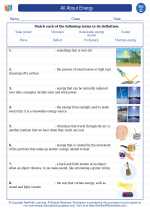What is Algae?
Algae are a diverse group of photosynthetic organisms that are not classified as plants, but rather as protists. They can be found in various aquatic environments such as oceans, lakes, ponds, and rivers. Algae come in a wide range of sizes, from microscopic unicellular organisms to large, multicellular seaweeds.
Types of Algae
There are several types of algae, including:
- Green Algae: These are the most diverse group of algae and can be found in freshwater, marine, and terrestrial habitats.
- Red Algae: Typically found in marine environments, red algae are often used in the production of agar and carrageenan.
- Brown Algae: Found primarily in marine environments, brown algae include familiar seaweeds such as kelp and rockweeds.
- Blue-Green Algae (Cyanobacteria): Although they are not true algae, cyanobacteria are often grouped with algae due to their similar photosynthetic abilities.
Importance of Algae
Algae play a crucial role in the ecosystem. They are primary producers, meaning they are able to convert sunlight into energy through photosynthesis, and form the base of the aquatic food chain. Additionally, algae are used in various industries, including food production, pharmaceuticals, and biofuels.
Study Guide
To study algae effectively, consider the following:
- Learn about the different types of algae and their characteristics.
- Understand the process of photosynthesis and how algae utilize it for energy production.
- Explore the ecological role of algae in aquatic environments and their importance in the food chain.
- Research the various industrial applications of algae and their significance in different sectors.
- Examine the environmental impact of algal blooms and their potential consequences on aquatic ecosystems.
By thoroughly understanding the diverse nature and importance of algae, you can appreciate their significance in the natural world and various human endeavors.
[Algae] Related Worksheets and Study Guides:
.◂Science Worksheets and Study Guides Third Grade. All About Energy

 Worksheet/Answer key
Worksheet/Answer key
 Worksheet/Answer key
Worksheet/Answer key
 Worksheet/Answer key
Worksheet/Answer key
 Worksheet/Answer key
Worksheet/Answer key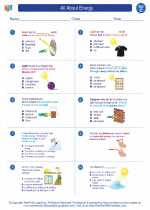
 Worksheet/Answer key
Worksheet/Answer key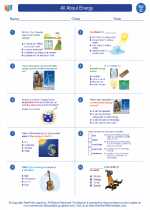
 Worksheet/Answer key
Worksheet/Answer key
 Vocabulary/Answer key
Vocabulary/Answer key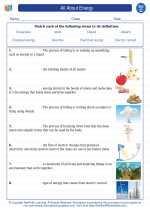
 Vocabulary/Answer key
Vocabulary/Answer key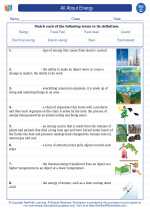
 Vocabulary/Answer key
Vocabulary/Answer key
 Vocabulary/Answer key
Vocabulary/Answer key